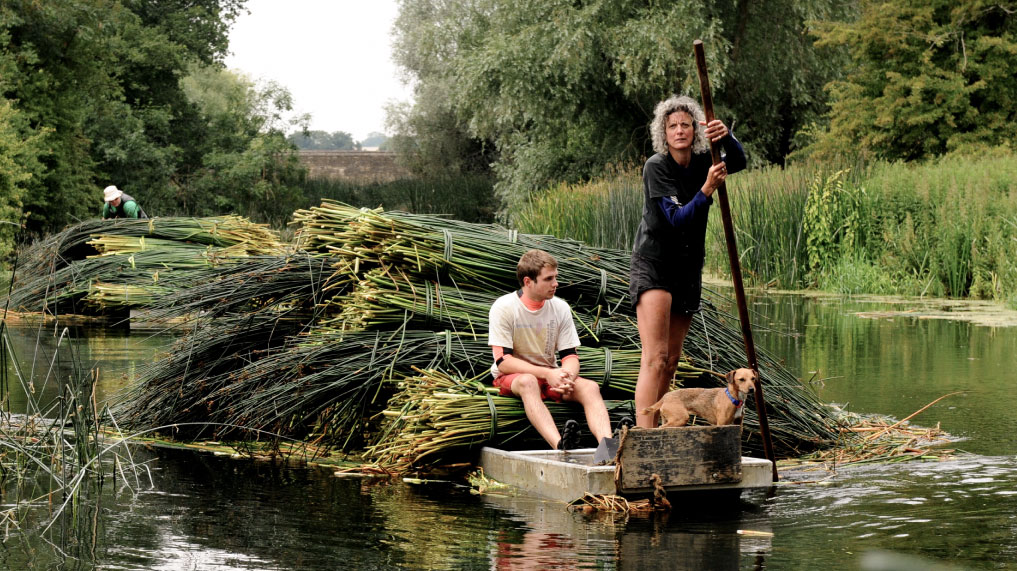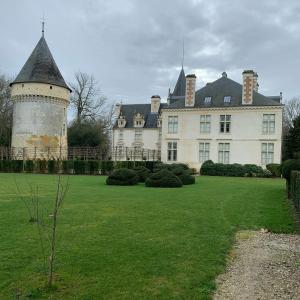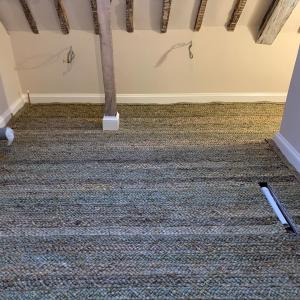
A good day will see the team cut over a hundred bolts (bundles) in the day which are between 15 and 20 kilos each. The rush is pulled onto the punt bundled and stacked through the day’s work, each bolt is taken off the punt and walked up to be stacked on the trailer, pulled off the trailer at the farm and walked to its place on the hedge to dry out. To my knowledge, no-one who has cut with us over the years has felt the need to visit the gym during harvest!
Harvesting
The core of a team of four, each operating from a 17ft long punt includes my brother Davey, who ventures down from Scotland to get a tan, my partner Ivor, me and my dog Molly who enjoys barking at fishermen. A slim scythe shaped 2ft long blade on a 6ft handle cuts the rush at the river bed and the natural buoyancy caused through plant transpiration floats the rush on the surface. The skill of the harvester is to cut the rush in such a way that as much as possible falls in same direction, in a place that can still be reached from the boat and will not then be whisked away downstream by the current, before being hauled into the punt which has been anchored in such a way as to equalise the interaction between river current and possible breeze, all of which elements seek to frustrate a day’s work.







